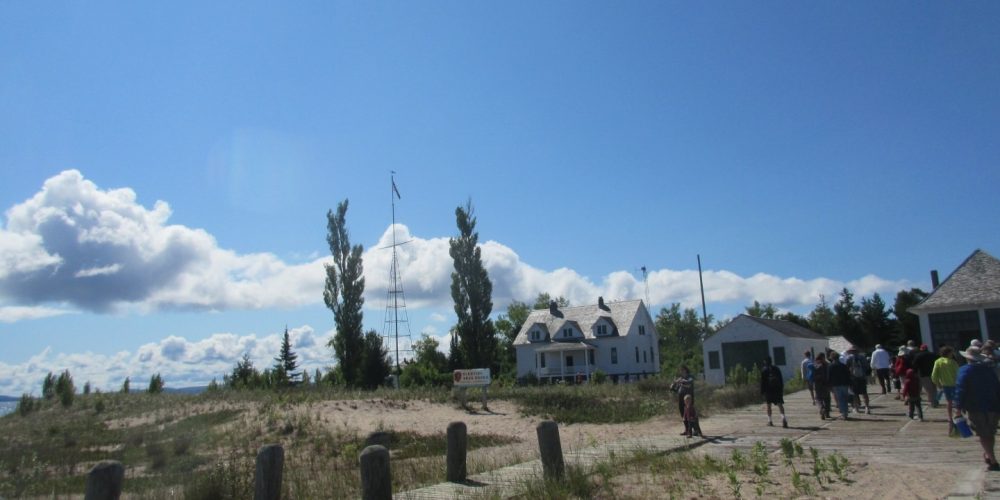The Manitou Islands have a rich history dating back to the time of the Anishinaabe people who once called these islands home. Located in the beautiful Sleeping Bear Dunes National Lakeshore in Michigan, the Manitou Islands are made up of two islands, the North Manitou Island and the South Manitou Island.
North Manitou Island is steeped in legend and lore. It is believed to have been inhabited by the Anishinaabe people as early as 2000 BCE, and they lived there for centuries before the arrival of Europeans. It was known as Manidoowaaling, which translates to “place of the spirit,” because of its spiritual significance to the Anishinaabe people. They believed that it was a place where spirits roamed freely, and it was home to a number of powerful medicine men and women.
During the 1800s, the island was home to a small community of farmers who grew crops and raised livestock. However, it wasn’t until the late 1800s that the island’s most notable resident arrived – logging entrepreneur Aaron G. Johnson. Johnson purchased much of the island and began harvesting its timber, building a sawmill, and exporting wood to markets across the Midwest.
Over time, the timber industry on the island faded, and it became a popular vacation spot for outdoor enthusiasts, campers, and hikers. Today, visitors can explore the island’s many trails and historic sites, including a small village that was once home to the island’s early settlers.
South Manitou Island has a different story. In the early 1800s, it was a thriving center of commerce, with its bustling harbor and lighthouse serving as a major waypoint for steamboats traveling the Great Lakes. However, by the late 1800s, the harbor had become too shallow for larger vessels, and the lighthouse was abandoned.
The island’s most significant historical feature is the large sand dune, known as the Sleeping Bear Dune. The dune has become a symbol of the region and is thought to have been formed by a massive glacier that once covered the area.
Today, both islands are protected by the Sleeping Bear Dunes National Lakeshore, which preserves their unique cultural and natural history for future generations to enjoy. The Manitou Islands may have changed significantly over the years, but their legacy as a sacred and beautiful place of nature and spirit lives on.







